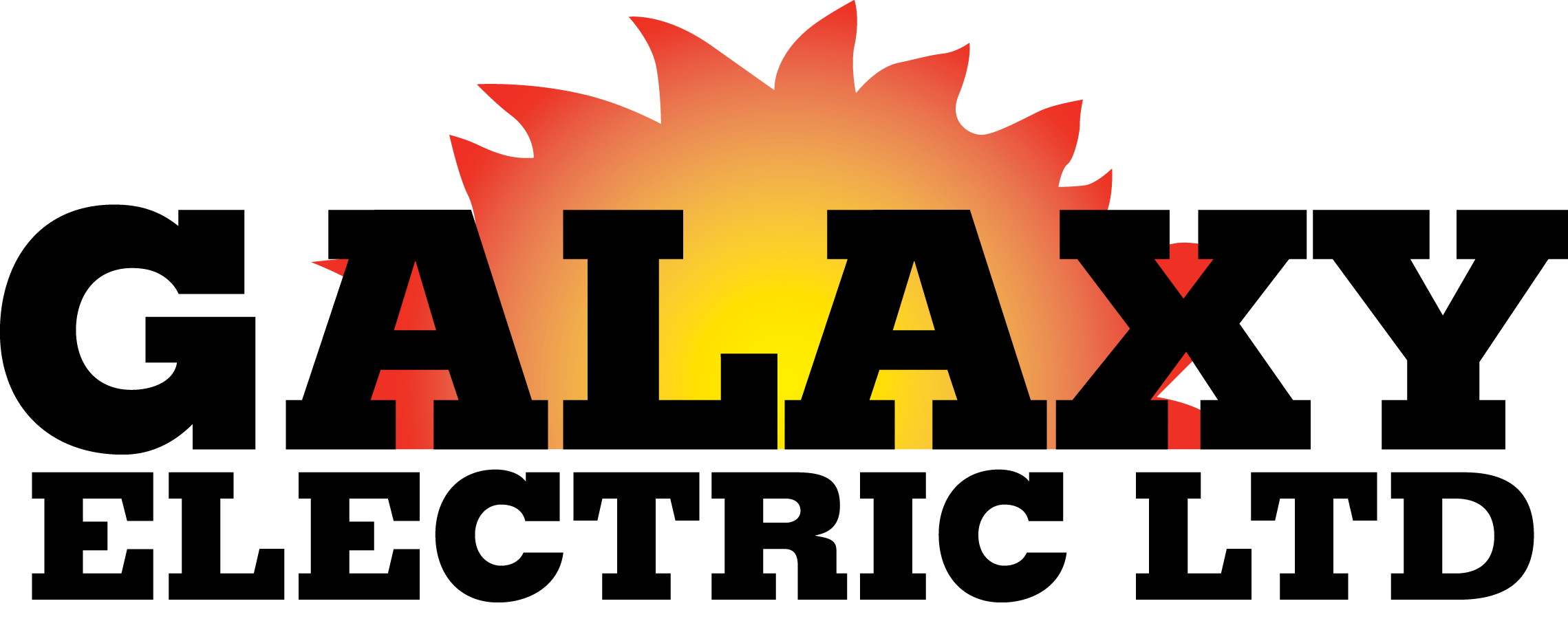What’s up with the cold draft in my home?
When it comes to repairing and providing maintenance for furnaces, you can rest assured that your investment will be protected when you use A Action Home Services!
A home furnace is a major appliance that is permanently installed to provide heat to an interior space through intermediary fluid movement, which may be air, steam, or hot water. The most common fuel source for modern combustion furnaces in the United States in natural gas; other common fuel sources include propane (LP), oil, coal, and wood. In some cases electric resistance heating is used as the source of heat, especially where the cost of electricity is low. Combustion furnaces always need to be vented to the outside. Traditionally, this is through a flue, which expels heat along with the exhaust.
There are 3 basic types of Furnace:
- Central Warm-Air Furnace: A central warm-air furnace is a type of space-heating equipment in which a central combustion or resistance unit – generally using gas, oil, or electricity – provides warm air that circulates through the ducts leading to various rooms.
- Forced-Air Furnace: Uses a fan to force air through the ducts.
- Gravity Furnace: Air is circulated by gravity, relying on the natural flow of warm air up and cold air down; the warm air rises through the ducts and the cold air falls though the ducts that return it to the furnace to be reheated, completing the cycle.
Within the furnace there are typically three primary components:
- The Burner (includes the heat exchanger, draft inducer and venting): The flame originates at the burners and is drawn into the heat exchanger by the negative pressure produced by the draft inducer. The hot gasses produced by the combustion of the flame pass through the chambers of the heat exchanger and are about 120 degrees as the exit on a high efficiency furnace. The cooled gasses then enter the draft inducer blower and are pushed into the venting pipes. The exhaust gasses are then directed out of the house through the vent pipes.
- The Blower and Air Movement: The blower creates a negative pressure on the intake side which draws air into the duct work return air system and blows the air out through the heat exchanger and then into supply air duct work to distribute throughout the home.
- Controls and Safety Devices: The controls include a gas valve, ignition control, ignitor, flame sensor, transformer, limit control, blower control board, and flame roll out switch. A limit control is a safety device that will open the electrical circuit to the ignition control and stop the gas flow if the furnace over heats. The flame roll out switch does the same thing if the flame was rolling out of the heat exchanger instead of being completely induced into it by the draft inducer.[/list]
An average furnace has an expected lifespan of about 15 years. If your furnace is more than 10 years old, it may be time to consider a replacement since you’re probably going to continue needing to make repairs down the road. On the other hand, a furnace that is 3-5 years old has a long life ahead of it and is most likely worth repairing.
To make an informed decision, have your furnace inspected and get an estimate for both repair and replacement. Make sure the assessment includes potential increased energy savings and expected short term and long term costs for both repair and replacement.
A newer furnace will cost less to operate and run at 90-95% efficiency compared with 50-70% efficiency of a furnace 6-10 years old. With rising heating costs, saving 30-50% on your energy bill can add up quickly over a year or two.
Even if your furnace is still operating, it may not be safely producing enough heat to keep you and your family comfortably warm. Knowing your furnace is going to operate efficiently and reliably for years to come gives peace of mind. The need for peace of mind varies by person and only you know what it is worth to you.
It is always smart to be well informed and we can help you with an absolutely FREE Home Comfort and Energy-Savings Analysis. There is zero obligation.
